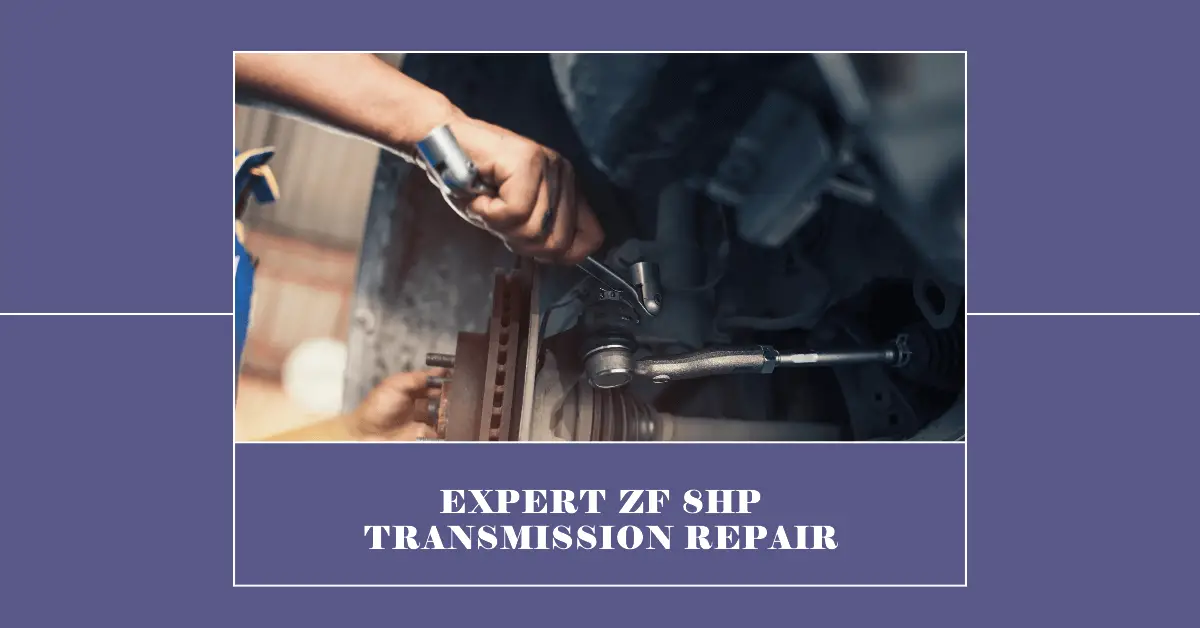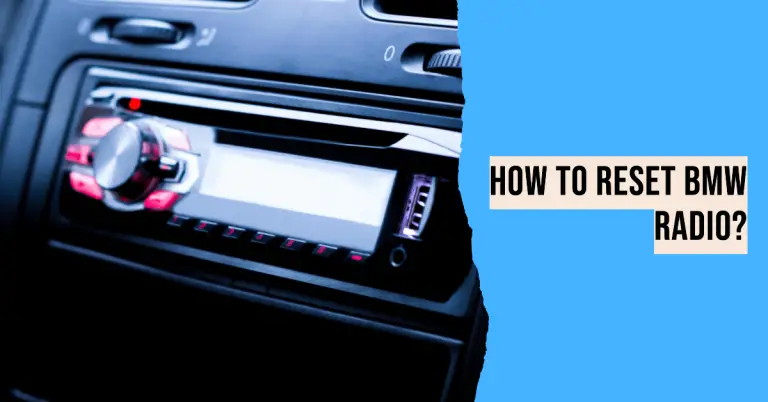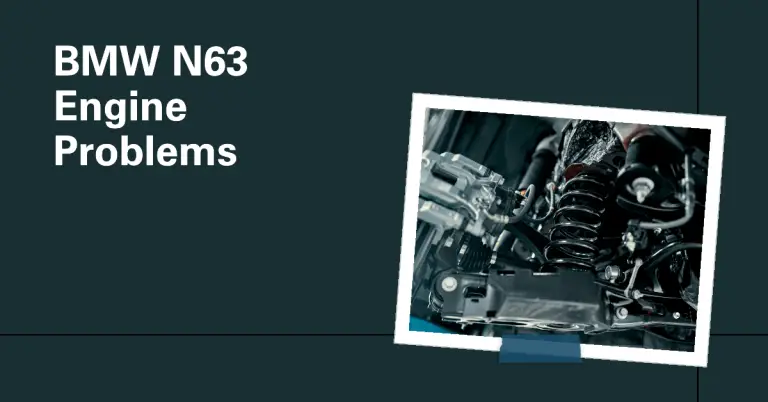ZF 8HP Transmission Problems: Common Issues and Solutions
Transmissions are one of the most complex components in vehicles today. When something goes wrong, it can lead to a variety of problems that are often intermittent and hard to diagnose.
So what are the most common ZF 8HP transmission problems, what causes them, and how can you fix them?
The ZF 8HP 8-speed automatic transmission is widely regarded as one of the best designed and most robust transmissions for performance and luxury vehicles. However, like any complex component, it is still susceptible to problems over time. In this detailed guide, we will overview common issues with the ZF 8HP transmission, dig into the root causes, and explore potential solutions to repair problems and get your vehicle shifting smoothly again.
A Brief History of the ZF 8HP Transmission
The ZF 8HP 8-speed automatic transmission was designed and built by ZF Friedrichshafen AG engineering team in Germany. It was introduced in 2009 as the world’s first 8-speed automatic transmission for passenger vehicles.
The 8HP has gone on to become one of the most ubiquitous and praised transmissions thanks to its responsive shifting, high efficiency, and impressive torque capacity rating of up to 1000 Nm.
Vehicles that have utilized the ZF 8HP transmission include:
- Audi A8, S4, S5, S6, S7
- BMW 3, 5, 6, 7 Series
- Rolls-Royce Ghost, Wraith
- Dodge Charger, Challenger
- Chrysler 300
- Jaguar F-Type
- Land Rover Range Rover
- Maserati Ghibli, Quattroporte
And many other high-end luxury and performance models.
How The ZF 8HP Transmission Works?
The 8HP is an eight-speed automatic transmission with a front-mounted input torque converter and a rear-mounted final drive unit. It uses a combination of clutch-to-clutch shifting and freewheeling to smoothly transition between gears.
Key components and operation:
- Torque converter – Transfers power from the engine to the transmission and provides variable torque multiplication
- Planetary gear sets – Use rotating gears to provide the different gear ratios
- Shift elements – Clutches, brakes, free-wheeling elements that engage/disengage to shift gears
- Mechatronics – Electro-hydraulic control components like valves, sensors, and actuators that regulate shifting
- Transmission control module (TCM) – Computer that controls shift timing and shift quality
Proper coordination of all these components allows the 8HP transmission to optimize performance, efficiency, and smoothness through quick, crisp shifts.
Now let’s look at some of the most common problems that can occur with the ZF 8HP.
Common ZF 8HP Transmission Problems
Despite its solid design, the 8HP transmission is still prone to certain problems over its lifespan. Here are some of the most common ZF 8HP issues owners experience:
1. Harsh Shifts and Jerking
One of the top complaints with the 8HP transmission is hard shifting, especially when cold. Drivers report harsh upshifts and downshifts, firm engagements, and jerking between gears. This degrades shift quality and can quickly become annoying.
What causes harsh shifting? Here are a few possible culprits:
- Worn shift elements – The clutch packs or brakes that facilitate shifts can become worn and start to slip, leading to delayed or firm engagements.
- Contaminated transmission fluid – Particles, bits of clutch material, and sludge in the fluid can interfere with smooth apply and release of shift elements.
- Faulty mechatronics – Issues with solenoids, valves, or sensors can affect timing and pressure regulation of shifts.
- Software problems – Faulty programming in the TCM can cause abnormal shift behavior.
- Mechanical issues – Problems with the torque converter, gear sets, or shafts can contribute to hard shifts.
If your ZF 8HP transmission is shifting roughly, getting the codes scanned and thoroughly diagnosed is key to pinpointing the root cause.
2. Transmission Fluid Leaks
Another common problem on higher mileage 8HP transmissions is the development of leaks.
Some of the potential leak points include:
- Oil pan gasket
- Rear main seal
- Extension housing seal
- Solenoid seals
- Axle seals
- Valve body gaskets
Small leaks may only require a reseal of the specific area. But large leaks or leaks from multiple points can indicate wear and tear that requires a transmission overhaul.
It’s important to address any leaks right away before major damage occurs. Keep an eye out for transmission fluid puddles under the vehicle.
3. Fault Codes and Check Engine Light
Like most components in modern vehicles, the ZF 8HP transmission is monitored by an onboard computer. When it detects a problem, it will store a diagnostic trouble code (DTC) and turn on the check engine light.
Some of the most common ZF 8HP fault codes include:
- P0700 – Transmission control system malfunction
- P0715 – Input/turbine speed sensor malfunction
- P0720 – Output speed sensor failure
- P0730 – Incorrect gear ratio
- P0731 – Gear 1 incorrect ratio
- P0732 – Gear 2 incorrect ratio
- P0733 – Gear 3 incorrect ratio
- P2761 – Shift solenoid control performance
- P2769 – Unexpected mechanical gear disengagement
- P2837 – Pressure control solenoid E performance
These codes can point to issues with the sensors, solenoids, clutches, or gears. Scanning codes with an OBD2 scanner is the vital first step in diagnosing any problem.
Fixing ZF 8HP Transmission Problems
When you encounter issues with your ZF 8HP transmission, here are some tips on repairs and getting it fixed:
1. Adjustments and Fluid Changes
Many minor problems can be resolved through simple adjustment of the transmission bands and a flush of the old fluid:
- Band adjustments – Adjusting the bands can help smooth out rough shifting issues in some cases.
- Fluid and filter changes – Old, worn fluid is a common cause of shifting problems. Drain the fluid and change the filter every 40,000 miles. Use only the specified ZF Lifeguard 8 fluid.
These procedures can potentially resolve some shift quality complaints and prevent bigger issues down the road.
2. Solenoids and Sensors
As noted above, solenoids and sensors are common failure points. Replacing a faulty solenoid or sensor can often resolve the associated trouble code:
- Test solenoids and sensors with a voltmeter for out of range values.
- Remove and inspect solenoids for signs of leakage or damage. Clean electrical connectors.
- Purchase rebuilt or new replacement solenoids and sensors as needed.
- Reset codes and verify normal operation after installation.
Be sure to get an accurate diagnostic first rather than just throwing parts at codes.
3. Transmission Rebuilds and Repairs
For more serious issues like worn clutch packs, leaking seals, and damaged gears, a transmission rebuild or repair may be required:
- A rebuild involves fully disassembling the transmission, inspecting all components, and replacing any damaged parts.
- Typical ZF 8HP rebuild costs range from $2,000-4,000, but can exceed $5,000 if extensive repairs are needed.
- Mechanics will road test before and after the rebuild to verify normal operation.
- A partial repair is cheaper but best for minor issues. A full rebuild is needed for multiple problems.
While not cheap, a proper rebuild or repair is worthwhile to get your 8HP shifting smoothly again. Seek out a transmission specialist for this complex job.
4. Software Updates
Some shift quality complaints and fault codes can potentially be resolved through an updated calibration of the transmission computer software:
- Software updates to the engine control unit (ECU) and transmission control unit (TCU) are issued by automakers to address bugs.
- Dealers can reflash the computers if you have shift concerns related to a known software problem.
- Aftermarket tuners also offer custom transmission software calibration to enhance shift performance.
Software should always be updated to the latest version regardless to prevent problems.
Preventing ZF 8HP Transmission Problems
To avoid headaches and expensive repairs down the road, be diligent about preventative maintenance:
Follow the Recommended Service Intervals
- Check transmission fluid level regularly. Top off if low.
- Change fluid and filter every 40,000 miles or 4 years minimum. More often under severe conditions.
- Inspect transmission pan and seals for any leaks during oil changes. Reseal as needed.
- Consider a filter screen replacement at 100,000 miles.
Sticking to the prescribed maintenance intervals helps minimize wear and prevent debris buildup.
Drive Carefully to Avoid Damage
Your driving habits can profoundly affect transmission life:
- Accelerate smoothly and gently. Avoid jackrabbit starts.
- Come to a complete stop before shifting from reverse to drive.
- Coast to stops in gear rather than dumping the throttle and downshifting abruptly.
- Shift smoothly – don’t force the shifter.
- Avoid towing or hauling beyond the vehicle’s limits.
- Check fluid level after extended high load driving.
Going easy on your ZF 8HP transmission prevents unnecessary wear and overheating.
Get Any Issues Diagnosed Early
At the first sign of problems, have codes scanned and get a transmission specialist to diagnose the cause. Early detection makes repairs simpler and less costly.
Catching problems before major damage occurs also greatly improves the long-term reliability and durability of your 8HP transmission.
Conclusion
The ZF 8HP has proven itself as one of the premier automatic transmissions thanks to its smooth shifts, robust design, and impressive power handling. However, like any complex transmission, problems can crop up over time if maintenance is neglected.
Harsh shift quality, fluid leaks, and fault codes are among the most frequent issues. But with the right diagnosis and repairs, these problems can usually be resolved and the transmission restored to proper working order.
Stay on top of service, drive with care, and address problems promptly to maximize the longevity of your ZF 8HP transmission. With proper maintenance, it will provide many more miles of smooth, reliable shifting.







